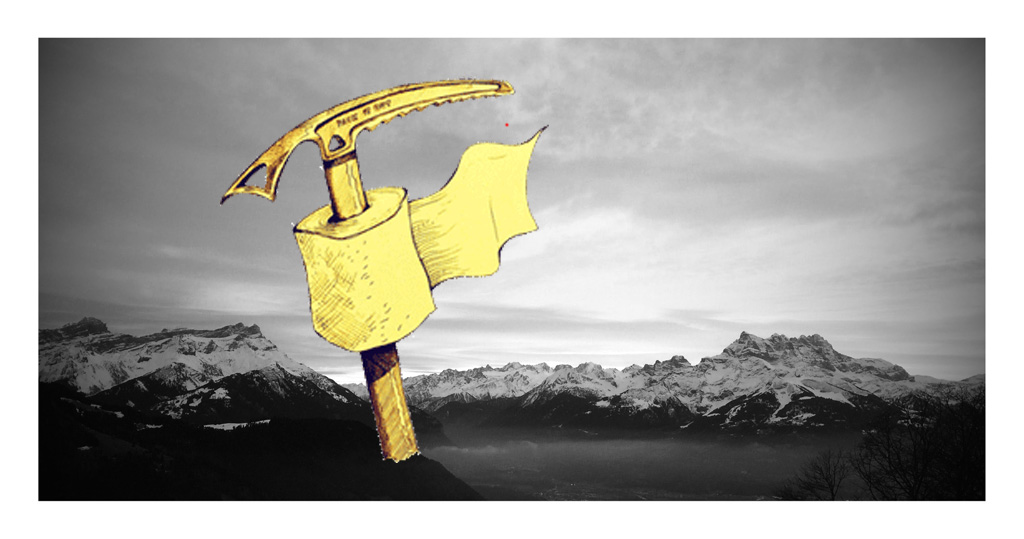Use the list at the right to navigate to presentations, slides, and posters by category. ==>
The original Sustainable Summits Conference was called “Exit Strategies: Managing Human Waste in the Wild” and was hosted by the American Alpine Club (AAC) at the American Mountaineering Center in Golden, Colorado.
The AAC and a select group of nonprofits and government agencies teamed up to host an international conference on managing human waste in wilderness settings. The three-day “Exit Strategies” meeting was held at the American Mountaineering Center and Rocky Mountain National Park in Colorado, July 30 to August 1, 2010. The Exit Strategies conference brought together 100 land managers, scientists, entrepreneurs, and students to discuss strategies for dealing effectively with human waste, including existing solutions and innovative proposals alike. Presenters included land managers and scientists from the U.S., Canada, Japan, and Nepal.
In addition to the AAC, the event’s sponsors included the National Park Service, Bureau of Land Management, U.S. Forest Service, U.S. Public Health Service, Access Fund, Alpine Club of Canada, and Leave No Trace. The AAC has a long history of cooperation with land managers in developing human-waste solutions. In 2001, an AAC grant helped launch the Clean Mountain Cans program in Denali National Park. The club was also instrumental in developing carry-it-out waste programs for Indian Creek and Castle Valley in Utah, and in building and maintaining a composting toilet in the popular Ishinca Valley of Peru.
The Exit Strategies chairs were Roger Robinson and Ellen Lapham.
The conference schedule with direct links to presentations are below. Use the list at the right to navigate to the presentations by category. ==>
Day 1 (30 July 2010):
Mike Mortimer
Conference Opening
Brenda Land
Backcountry Human Waste Systems – Pros and Cons
John Cocks & Tom Hopkins
Problems and Solutions in Remote Areas of New Zealand
Dr. Tomio Suzuki
Managing Human Waste in the Alpine Zones of Japan
Technologies used in Japan, including the SAT method.
Dr. Tomio Suzuki is a former special researcher for the Nagano Environmental Conservation Research Institute in Japan.
Joe Arnold
Solar Dehydrating Toilets in Rocky Mountain National Park, Colorado
Capt. John Leffel
Human Waste Disposal: A Public Health Perspective
Hawk Metheny
Batch-Bin Composting
Hawk Metheny
Moldering Composting
Adam French
The Ishinca Peace Toilet, Cordillera Blanca, Peru
Panel Discussion: Composting Human Waste
Ben Lawhon
Catholes
Michael Ells
Surface Disposal
Dawa Steven Sherpa
Human Waste Management in the Himalayas
Garry Oye
Mt. Whitney Case Study
Karen Rollins & Geoff Hill
Backcountry Black Water Management Options Analysis
Doug Whittaker
River Recreation and Human Waste Management
Eric White
Mt. Shasta Human Waste Pack-Out System
Roger Robinson
The Evolution of Clean Climbing Practices in Denali National Park, Alaska
Mike Loso & Katie Goodwin
Trajectory and Fate of Crevassed Human Waste on Denali
Rich Lechleitner
The “Blu-Bag” Carry out System at Mt. Rainier National Park, Washington
Greg Sievers
Pack-Out Program in Rocky Mountain National Park
Jesse McGahey
Yosemite Big Walls
Andrea Croskrey
Human Waste Management in the Caves of the US National Parks
Panel Discussion: Packing Out Human Waste
Doug Whittaker & Wade Vagias
Encouraging Pro-Environmental Behavior by Recreational Users – Some Social Science Theory and Applications
Rodney Garrard
Inappropriate Waste Disposal in Aoraki / Mt. Cook National Park
Jennifer Reed
Arctic National Wildlife Refuge, Alaska
German Solveira
Managing Human Waste in Patagonia
Gonzalo Cisternasc
Torres del Paine National Park, Chile
Bernard Ngoru
Challenges of Alpine Pollution – a Case Study of Mt. Kenya Forest Ecosystem
Augustina Barros & Sebastian Rossi
Aconcagua Provincial Park Human Waste Management, Argentina
Panel Discussion: Problem Solving
